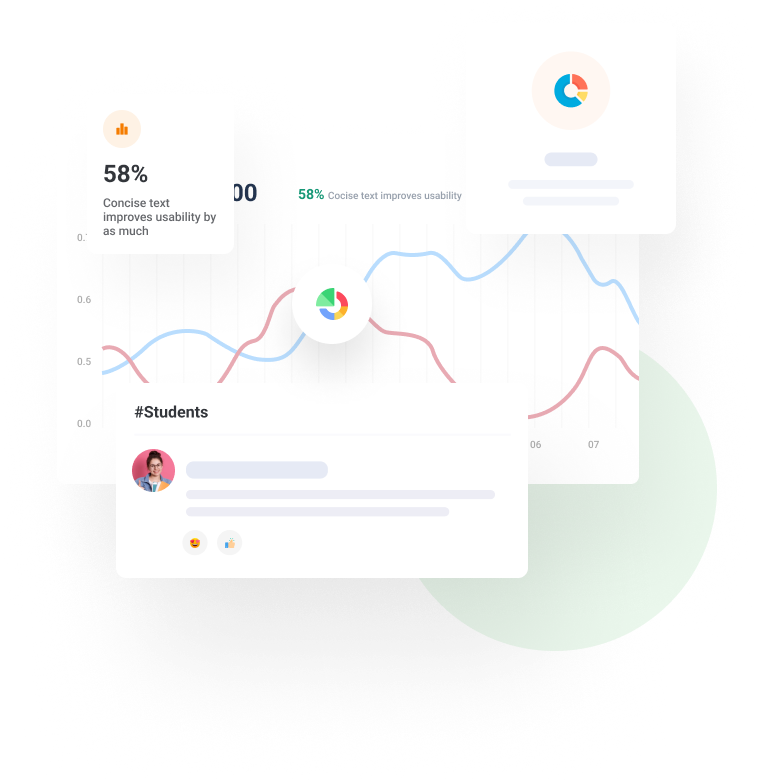A Better Way to Assign Homework in Engineering
When most instructors teach out of an engineering textbook, they’ll assign a chapter or two to read through, and then a bunch of end-of-chapter problems as homework. The idea here is that “students learn by doing the homework.” The catch is, most end-of-chapter problems, and how they’re graded, aren’t designed to help students learn, but designed to tell if a student already has learned.
There’s a better way to lock in students’ knowledge.
Just imagine you’re a runner. You wouldn’t expect to simply wake up six months from now and run a marathon. You’d need to train day in, day out. Same idea with learning, of course. But the key, like with running, is how you train. Let’s get into it.
The problem with the traditional approach to homework
There’s a mindset in education that if I assign homework, students will learn by doing the homework. But the challenge is, the homework isn’t graded immediately. So if there’s a mistake, the student won’t know what they did wrong until maybe a week later. And even if that assignment is auto-graded, often the grader will just tell the student they got the problem wrong and to try again. That doesn’t actually help them understand their mistakes. So they’re not really helping them learn by doing.
There have been several efforts to solve this conundrum. The flipped classroom model is a solid attempt. Students are supposed to read into the material ahead of time, and during class instructors dig into example problems to help students grasp the material. However, there’s no certainty that they’ve looked at the book. And if instructors are still assigning end-of-chapter homework problems, and students lack some basic nuts and bolts, they’re still stuck in the same place.
Harnessing interactive formative assessments
What if we can ask students formative questions as they’re going through the material – and help them understand the answers in real time? Then we’re giving them a baseline foundation across the board, one that will help them answer those end-of-chapter summative assessments.
Interactive questions embedded throughout a textbook actually get students to truly learn by doing, especially when auto-graded answers give context to the correct – as well as incorrect – responses. Giving students the chance to do formative assessments over and over again until they get the hang of it is key. (This is what zyBooks is all about.)
I had a professor who liked to say that learning is a full contact sport. Hitting those formative assessment questions repeatedly, and getting immediate, automatic feedback on the answers, puts students in contact with the material and gives them a better shot at success.
“I had a professor who liked to say that learning is a full contact sport. Hitting those formative assessment questions repeatedly, and getting immediate, automatic feedback on the answers, puts students in contact with the material and gives them a better shot at success.”
James Eakins
Relying on fewer homework problems
I think the total number of problems in textbooks is overkill a lot of times. I understand the need for variation to prevent cheating, but that goes only so far. And it doesn’t help students when the problems aren’t significantly different from each other at a baseline level. Also, in a lot of print textbooks, the first three problems will be variations of a single concept, while the fourth will be out of left field. And instructors will assign just one of them randomly, including the impossible one. That doesn’t maximize students’ learning.
A lot of instructors focus on having a huge volume of problems to pick from. But most instructors don’t ever assign all those problems! Our research shows a big dropoff in the usage of end-of-chapter problems from the top 10% of problems to the top 15%. So students never see most of them.
What we should be doing is asking students questions that really help them learn, help them “learn by doing.” And you accomplish that by using formative assessments embedded throughout a textbook, and giving students immediate, relevant feedback.
(Here at zyBooks we tackle this challenge by focusing on an optimum number of solid problems and randomizing them, a much more efficient approach than having hundreds of problems, most of which are unnecessary.)
Going back to the runner analogy, formative assessments are the training you do, one mile at a time. After lots of that kind of practice, you’ll be able to run the full 26.2 miles – the summative assessment – and bring home a medal!







